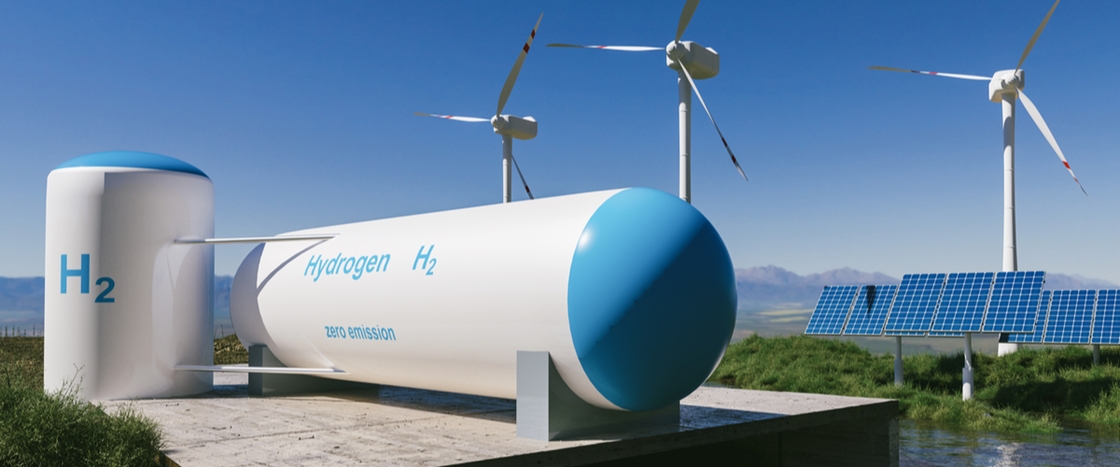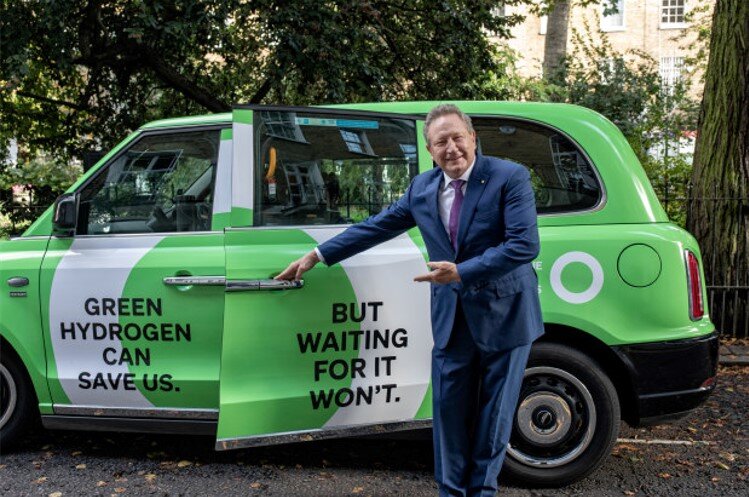

We are well into the next wave of disruption: de-carbonisation. This was pioneered by Elon Musk through the car and battery company Tesla. Musk wasn’t the first person to recognise how this was possible, but the first to commercialise it at scale, and therefore make it a reality. And as large as the global car industry is (approaching US$2 trillion, more than half of which is made up of the valuation of Tesla) it is dwarfed by the disruption that it implies. Because electric cars don’t need fossil fuels for power, which may spell the end of the practice of burning things for heat and transport.
No matter what commitments and actions were agreed at the recently concluded COP26 in Glasgow, energy companies globally are racing to develop alternative clean sources of power. Wind/solar/hydro (which are the largest share of renewables) with some biofuel/other made up 23% of global electricity generation in 2019, according to peak body the International Energy Agency. But of course, whatever source works best, the central issue of power at scale is how to store it for use when the sun stops shining and wind stops blowing. Hydroelectricity is one answer: use the solar/wind power to pump water up into a dam, and then release it to spin the turbines for instant juice. This is effectively a water battery. Bio-fuels are also real, but not that clean – Prince Charles’ 50 year old Aston Martin runs on wine and cheese, he says. There are various battery storage technologies with lithium-ion the most common by far.
This brings us to hydrogen. The technology is not new, but it can be clean. Burning hydrogen in a combustion engine or using it in a fuel cell that powers an electric motor generates power with the only byproduct being water. If the hydrogen is generated from electrolysing water using sustainable energy sources such as wind and solar – “green” hydrogen – there is no carbon let loose in the process.

But that process is more expensive, for now, than the various other kinds of hydrogen production, which split into brown/black, grey, blue and then green in rising order of “green-ness”. Brown or black hydrogen is produced from coal but the process also spits out CO2 and carbon monoxide and is highly polluting. The gas generated through coal gasification is called syngas, from which hydrogen can be separated using adsorbers (not a typo) or special membranes.
Grey hydrogen is the most common form of hydrogen production process in the world right now, using natural gas but also generating carbon dioxide. Hydrogen is blue if the emissions generated from production are captured and stored underground. Blue hydrogen is considered a low-carbon emission process because between 80% and 90% of emissions are captured. Green hydrogen is produced using electricity generated from sustainable energy sources. Costs are higher and sit around €6/kg according to the European Commission’s July 2020 hydrogen strategy with fossil fuel-based hydrogen about €1.50/kg and blue hydrogen about €2/kg.
But the cost picture for green hydrogen looks set to change radically this decade as the efficiency of the electrolysing process gets a lot of research attention worldwide from governments and private enterprise. This may result in economies of scale allowing the acceleration of green hydrogen production, costs for which are estimated to drop drown to the region of €2 per kilogram in the years out to 2030.
That coming disruption in hydrogen pricing is attracting serious capital both in Australia and overseas. We need look no further than Australia for examples of large-scale green hydrogen projects. Local billionaire Andrew Forrest, through his Fortescue Future Industries, has announced a six-step $1 billion-plus project to build a green hydrogen electrolysis plant in Gladstone, Queensland, using solar or wind for power.
In NSW, the state government plans to provide $3 billion worth of incentives to help jump-start green hydrogen production including the provision of distribution centres across the state. Local industrial gases company Coregas, owned by Wesfarmers, has done a deal with with energy infrastructure company Jemena that will enable it to supply customers with the first green hydrogen in NSW.
The Northern Territory is planning for a renewables and hydrogen hub near Tennant Creek, to be located in the same region as a 17-20 gigawatt solar farm that will generate electricity for the 4,200km Australia-Asia Power Link from Darwin to Singapore, that will see Singapore supply 25% of its grid from Australian renewable power.
Share this Post


